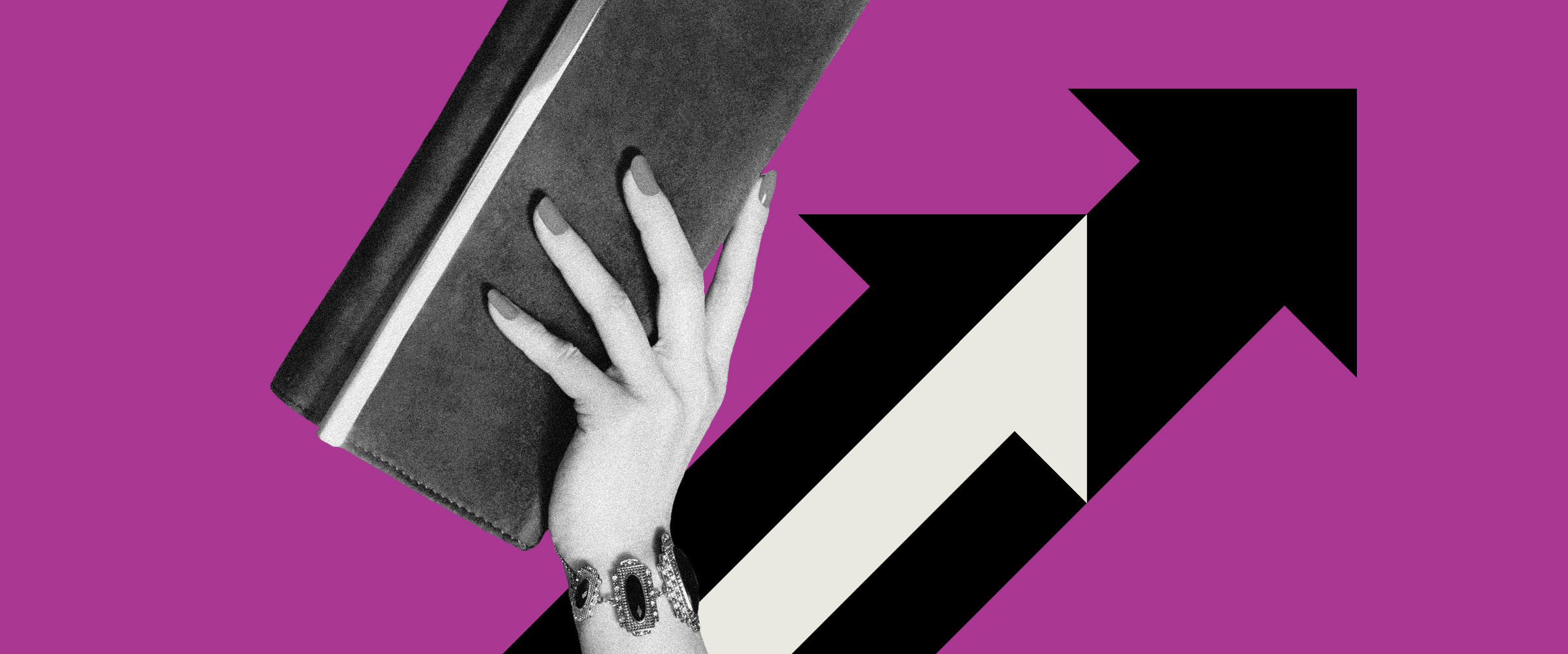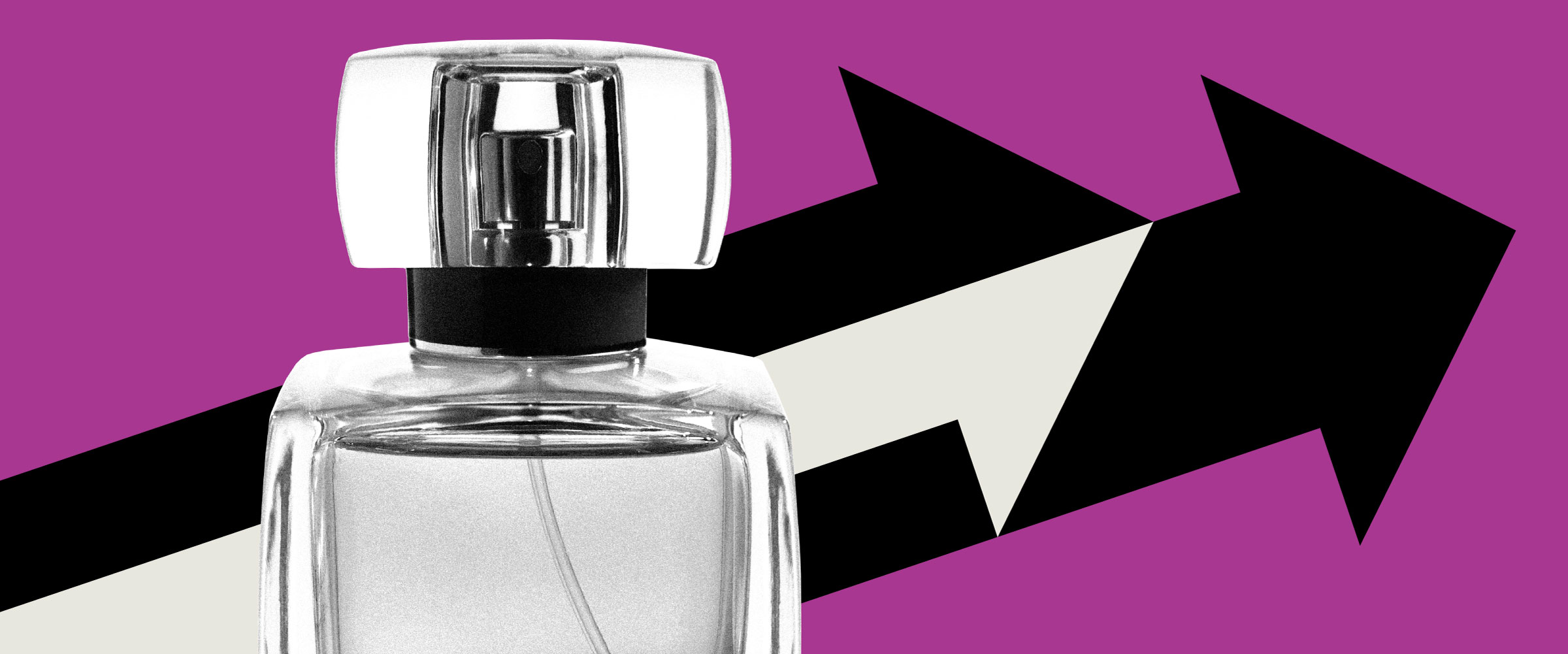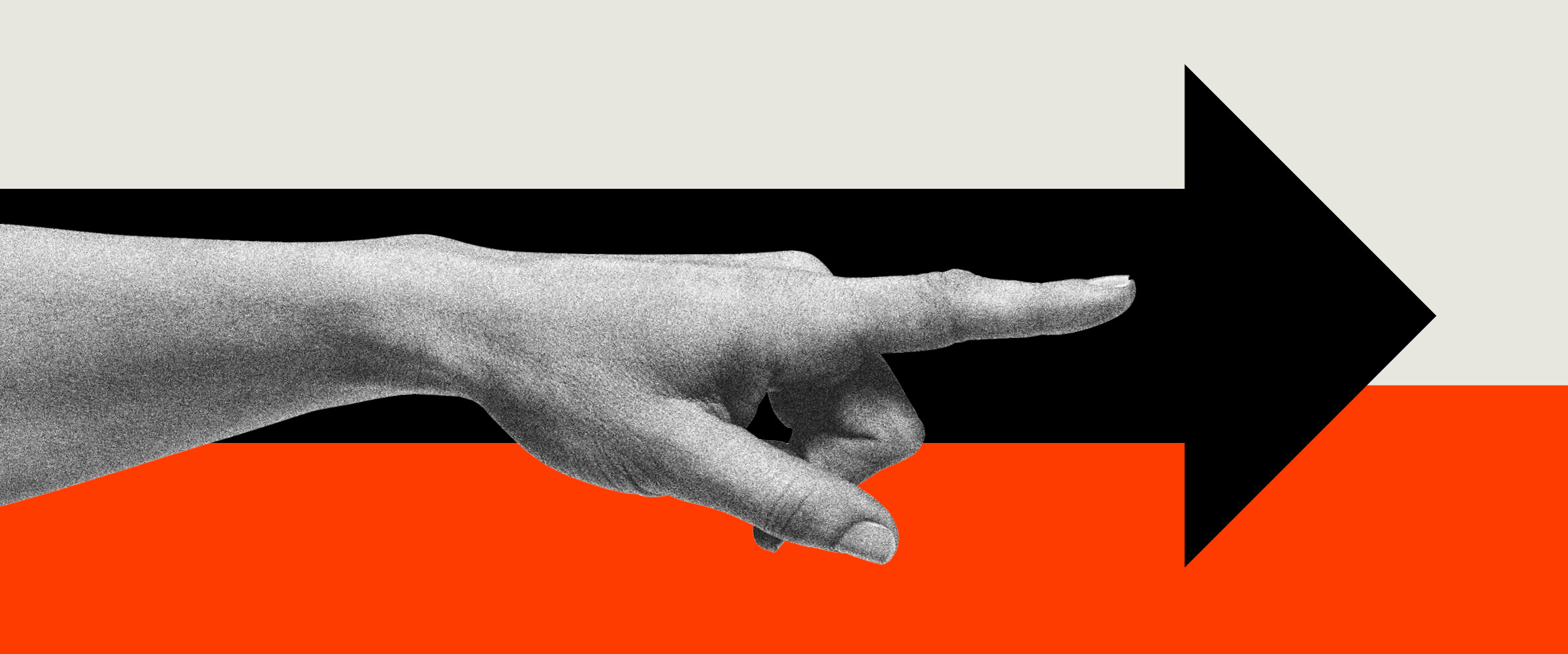
Our fast consumer culture is obsessed with discounts and flash deals. Our urgency to buy is driven by algorithmic marketing tactics that lead us to consume as brands build their entire retail calendars around markdown events. One category, though, remains defiantly still and probably will never change: high-end luxury.
Chanel bags marked 40% off? You won’t find them. Hermès offering end-of-season promotions? Nope, not ever. Rolex running “Friends & Family” codes? That won’t happen. When luxury brands have unsold inventory, they burn it. Discounting is not an option. This is not just eccentricity. This is brand strategy in its purest form. Luxury never sells ‘sale.’ Instead, it competes on perception.
To understand why these brands never go on sale, you need to understand what they’re really selling. It’s not handbags, watches, or leather goods. It’s identity. It’s belonging. It’s the theater of exclusivity. When you discount a luxury product, you dilute its performance. Price becomes the enemy. Because in luxury, price is the product. When that product becomes cheaper, the brand story becomes weaker. If anyone can buy it, why would the elite want it? This is the tightrope luxury brands walk every day. And the reason they never go on sale is that they can’t afford to.
Scarcity and the Art of Earned Access
Scarcity is one of the oldest tricks in the book, but in luxury, it’s not a tactic, it’s a value system. Take Hermès. The Birkin isn’t just hard to get because of production constraints. It’s hard to get because you’re not meant to only buy one. You must earn it. You must build a relationship with the store. You must prove your worth through other purchases. Only then are you offered the privilege to spend $12,000 or more on a single handbag. This is not about the bag. This is about the performance of access.
This “earned access” model creates what psychologists call “effort justification.” The harder something is to obtain, the more we value it. The difficulty of purchase becomes the value proposition. The ritual of acquisition is the brand experience. The commodity becomes the cultural capital. Selling ‘on sale’ destroys that performance. It tells the customer there’s too much supply and not enough demand. It says, we overproduced, we miscalculated, we need your money. The moment a luxury brand offers a markdown, it turns a whisper of exclusivity into a shout of desperation.
Luxury never sells ‘sale.’ Instead, it competes on perception. The moment a luxury brand offers a markdown, it turns a whisper of exclusivity into a shout of desperation.
The Cautionary Tales
Some brands learned this the hard way. Coach, once seen as premium, went all-in on outlet expansion in the 2010s. Revenue surged, but so did ubiquity. The brand became associated with discounts, and it took years and a complete repositioning for the brand to begin climbing back toward aspiration. Michael Kors followed a similar path, and the result was predictable: erosion of cachet, dilution of identity, and a confused consumer base.
These brands discovered what sociologist Pierre Bourdieu understood about cultural capital: luxury brands and their products function as symbols that communicate social position, taste, and belonging to exclusive groups. When those symbols become widely accessible through discounting, they lose their signaling power. The price itself is a filtering mechanism, ensuring that ownership remains concentrated within desired demographics.
Contrast that with Chanel, which raised prices several times during global economic uncertainty. While some balked at the increases, the strategy worked. Chanel further solidified its positioning as ultra-luxury, not just in product quality, but in perception. A Chanel bag isn’t cheaper when times are tough. It’s rarer. That, all by itself, drives demand.
The Luxury Paradox
Herein lies the fundamental tension in luxury branding. These brands need growth to satisfy investors. But growth inherently threatens exclusivity. This creates what business strategists call the “luxury paradox”—the more successful a luxury brand becomes, the more it risks undermining the very exclusivity that made it desirable.
Rolex operates in much the same way, solving this paradox through vertical rather than horizontal growth. Their authorized dealer network is tight. Inventory is controlled. Even amid soaring demand, Rolex doesn’t flood the market. Instead, they protect it. Prices remain stable, even as resale values climb. And when there’s a supply-demand imbalance, Rolex doesn’t fix it with promotions. They let scarcity do the work.
Rather than growing through broader distribution or lower prices, luxury brands grow by going deeper on higher prices, more expensive materials, and more exclusive experiences. They serve a smaller, more committed customer base willing to pay premium prices for the privilege of social belonging.
The Psychology of Waiting
It’s not just about optics. It’s behavioral conditioning. When brands go on sale, they teach customers to wait. Do it once, and your loyal buyer hesitates the next time. Do it often, and they stop purchasing at full price altogether. The urgency disappears. The brand loses its edge. What was once an object of desire becomes more about transaction.
It’s not just about optics. It’s behavioral conditioning. When brands go on sale, they teach customers to wait. Do it once, and your loyal buyer hesitates the next time. Do it often, and they stop purchasing at full price altogether. The urgency disappears. The brand loses its edge. What was once an object of desire becomes more about transaction.
This is death in the luxury world.
True luxury brands resist this temptation. Not because they’re arrogant. Because they’re disciplined. They understand that in the luxury business, the refusal to discount is a signal. It says: this brand doesn’t bend. This product doesn’t chase. This experience isn’t for everyone. That kind of posture, especially in an economy that rewards immediacy, takes conviction.
The act of saying “no” to a broader audience is strategic. As luxury strategist Jean-Noël Kapferer once wrote, “Luxury is the only sector where not selling is a form of marketing.” There is no urgency to move inventory. No algorithm driving scarcity. There’s just a brand, standing firm, allowing time to do the work of mystique.
The Economics of Destruction
Of course, not all brands can afford to posture this way. Many play in the “aspirational” luxury tier, offering premium experiences, but still reliant on sales volume. These brands, often caught between identity and scale, try to have it both ways. They sell the dream, but offer discounts. The result is usually confusion. Are they luxury, or are they value? Consumers notice the contradiction.
That’s why the best luxury brands don’t flinch. Hermès has no outlets. Chanel doesn’t do Black Friday. Louis Vuitton doesn’t put leftover stock in off-price chains. When they have excess, they destroy it. Because for them, protecting the brand is more valuable than recouping sunk costs. It’s not wasteful. It’s intentional.
This strategy doesn’t just preserve exclusivity. It protects the secondary market. A thriving resale economy supports primary sales. If a $9,000 handbag holds 80% of its value on the resale market, it’s no longer an indulgence, it’s an asset. But discounting erodes that. If consumers know the brand will mark down inventory next season, why buy today? And why pay more for last year’s product on the secondhand market? Resale collapses. Perception shifts. The flywheel breaks. The brand is no longer perceived as luxury.
The Veblen Effect
Named after economist Thorstein Veblen, who first identified this phenomenon in his 1899 work “The Theory of the Leisure Class,” the Veblen effect describes goods that become more desirable as their price increases, defying traditional economic logic where higher prices typically reduce demand. This counterintuitive relationship between price and desirability isn’t just theoretical, it’s the economic foundation that allows luxury brands to weather financial storms better than their mainstream counterparts.
When economic uncertainty hits, most retailers slash prices to maintain sales volume. But luxury brands operating under the Veblen Effect can do the opposite: maintain or even raise prices while preserving their margins. Their customers aren’t price-sensitive in the traditional sense, they’re status-sensitive. A Chanel bag doesn’t become less desirable during a recession, it becomes more exclusive. This effect creates what economists call “Veblen Goods”—products where demand actually increases with price.
A Chanel bag doesn’t become less desirable during a recession, it becomes more exclusive. This effect creates what economists call “Veblen Goods”—products where demand actually increases with price.
These brands operate in a completely different economic reality than mainstream retail. They’re not just selling leather or stitching or Swiss movement. They’re selling the sense that time slows down when you walk into their store. That you’re stepping into a world where access is earned, not granted. Where the product elevates your place in it.
So, when luxury brands say “we never go on sale,” it’s more than just a policy. It’s a worldview. It’s the understanding that in luxury, the refusal to discount isn’t just about maintaining margins, it’s about preserving the entire psychological architecture that makes luxury most meaningful to its customer.
This is what makes luxury powerful. This is why true luxury brands never go on sale.



